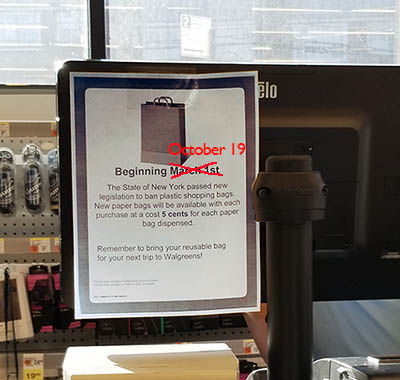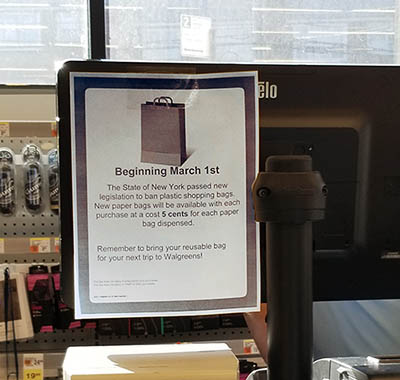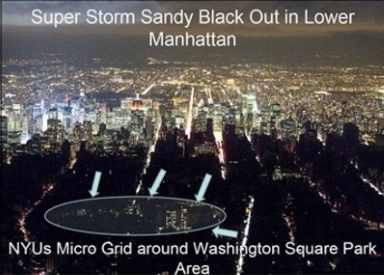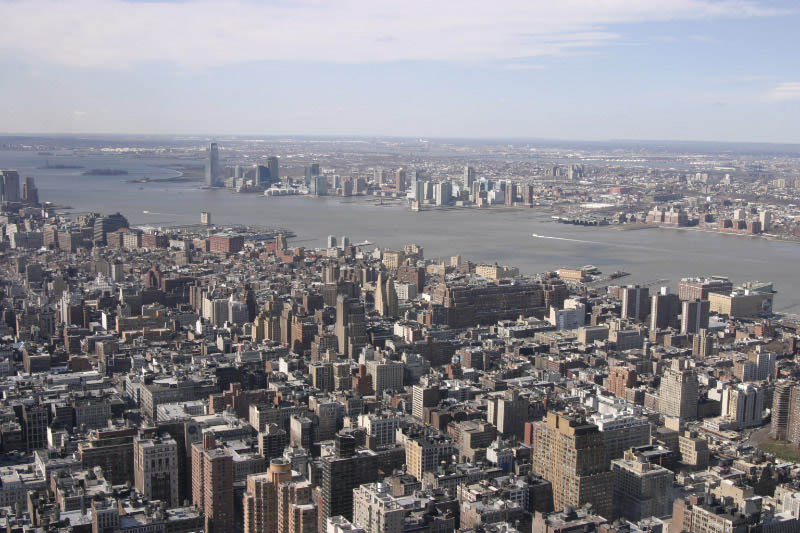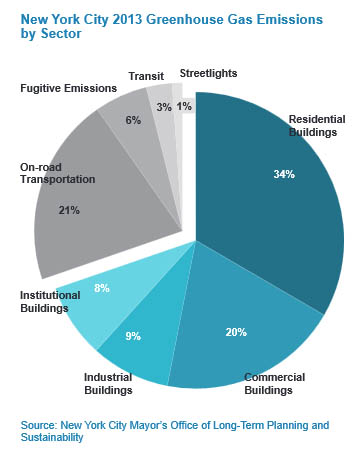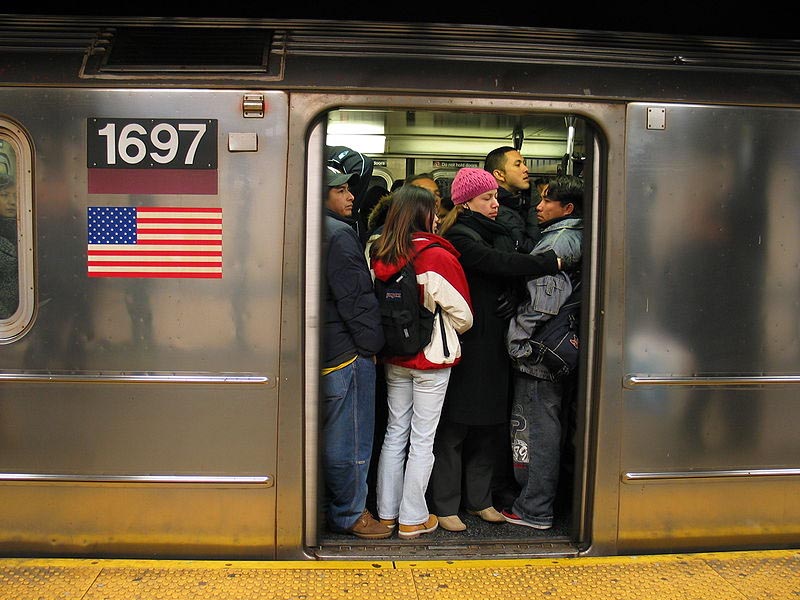[This post is part of a continuing series within EcoOptimism analyzing the pros and cons and different types of urban density, beginning with the post Height vs Delight and continuing with Density: It’s Not the Sky that’s the Limit.]
The urban historian Kenneth T. Jackson is a towering figure among New Yorkologists, so it seems appropriate that he’d be a supporter of towers themselves. In an Op-Ed this Sunday in The New York Times, he takes to task the opposition to the proposed upzoning of East Midtown in Manhattan.
Historic preservation, he says, has gone too far. “Its goal seems to be to preserve anything that will maintain the streetscape, whether or not the individual structures have significance….Presumably, its leaders would be happy to stop any change at all between 59th Street and 125th Street.”
New and taller construction is necessary, in his vision of NYC’s future, in order to maintain the city’s pre-eminence. Buried in this belief are two huge and, I believe, mistaken assumptions. The first is the basic premise that NYC must be pre-eminent. While it sounds irreverent and disloyal to say otherwise, the fact is that NYC is but one of many major 21st century urban centers. We are no longer in a world dominated by New York, London and Paris, and haven’t been for a while. (Though midtown Manhattan is still the largest central business district in the world, at least according to Wikipedia.) True, NYC is still seen as the financial capital of the world, but in many ways this is vestigial in a digital and globalized scenario and, furthermore, it’s highly questionable whether it’s in the city’s best interests to remain focused and therefore dependent on a single “industry.” Many have argued for the economic diversification of the city, with an eye to the income and job generators of the future: creating more baskets for the eggs, etc. Potential growth sectors that have been discussed, in addition to silicon alley, include sustainable design and related industries, distributed manufacturing (MakerBot originated in Brooklyn), biotech, urban agriculture and, of course, the arts.
The second assumption Jackson makes is that the solution to securing the city’s future is in the clouds. Unfortunately, he doesn’t mean the digital cloud, in which information is dispersed, but the physical clouds encountered at skyscraper heights, in which people are concentrated. Jackson laments “Of the 100 tallest buildings in the world now under construction, only three are in New York and only one is in East Midtown.”
But why are height and the city’s ranking in numbers of tallest buildings the determinant of growth and importance? The essential defining property of a city is density: a concentration of people that enables commerce, community and exchanges of ideas. But like most things, there is a point at which density (of people, buildings and traffic, not to mention bank branches, Duane Reades and Starbucks) reaches diminishing returns and begins to undermine the attributes that constitute the vitality of a city.
Jackson claims that density in Manhattan has decreased from a population of 2.3 million in 1910 to 1.6 million today. But that’s a very misleading way to define density. It excludes the additional 1.6 million people who commute to work in the city every day, as well as the number of tourists. And the East Midtown upzoning plan is not designed to increase residential space; it’s for commercial towers. This will effectively worsen a basic problem of Manhattan and many cities in general: the separation of working and living areas. This results in what are perhaps the two greatest problems of modern cities: expense of living and transportation congestion. According to an NYU Wagner Rudin Center report, “Manhattan is the top work destination in the country for ‘extreme commuting,’ work trips that are more than 90 minutes long each way.” And as many of us are all too aware, NYC is the most expensive place to live in the US, all of which would lead to the conclusion that the city needs more living space, not office towers.
Regarding transportation, Jackson blithely puts aside another extreme: the crowding on the existing east side transportation infrastructure, claiming the MTA “could handle more, not fewer, riders” based on the statistic that ridership has fallen since 1947. Try telling that to any rush hour rider. In a breath, he ignores the fact that there were two more train lines on the east side then (before the Second and Third Avenue Els were demolished) and merely says that the long-awaited and far from finished Second Avenue subway will relieve some of the congestion on the crammed Lexington line.
There’s a more convincing argument for upgrading midtown’s office spaces. A study by the eco-consulting group Terrapin Bright Green concluded that the bulk of the mid-century office buildings in midtown are outmoded in terms of both space and energy efficiency and, more significantly, cannot be viably upgraded. The singularly most devastating finding, from the point of view of either environmentalists or historic preservationists, is that these buildings would need new skins – the old curtain walls are energy sieves – but the structures of the buildings cannot support the weight of better insulated facades. That’s in addition to the fact that their low ceilings with many interior columns are not “Class A” spaces, the most desired type. (At least, that is, for conventional financial institutions with trading floors and old-school work cubicles. The newer growth sectors have more varied needs.)
The city’s thinking is that replacing these buildings is not economically viable for developers given the existing zoning limitations. Given the coziness between developers and the Bloomberg administration, one has to take with this a grain of salt.
Like the city (and most economists and politicians), Jackson seems to wholeheartedly swallow the “growth is good” Kool-Aid. We have to be very careful how we define growth. Growth is not the same as betterment, and the opposite of growth is not stagnancy. Jackson writes:
Is New York still the wonder city, the place that celebrates the future, the city that once defined modernism? Or should it follow the paths of Boston, Philadelphia, Charleston and Savannah in emphasizing its human scale, its gracious streets and its fine, historic houses?
The answer for a metropolis competing on a global scale must be no, because a vital city is a growing city, and a growing city is a changing city.
Leaving aside the question of what’s wrong with the human scale and gracious streets (btw, I’d substitute “livable” for “gracious”) of Boston or Philadelphia – or, for that matter, Paris — Jackson has reduced this critical issue to a false dilemma. The choice is not solely between economic vitality and quaint neighborhoods. Nor is it between unbridled development and historic preservation. For cities to succeed economically, environmentally and socially, we have to look at a wider, more holistic picture than simply the one that gives us the tallest buildings and the most claims to the “greatest city.” We have to include affordability, reducing inequity, increasing livability and, yes, a sense of history. These are not the constraints Jackson seems to regard them as. They are the sources of our future “growth” and our flourishing as individuals, as communities and as a world.

